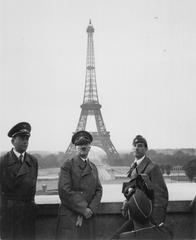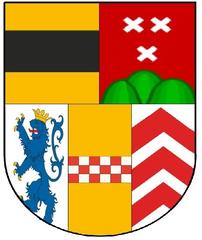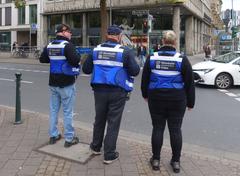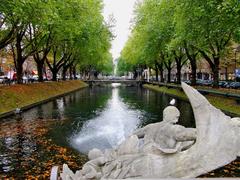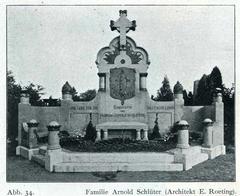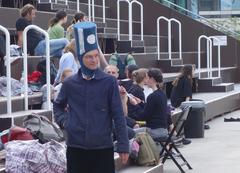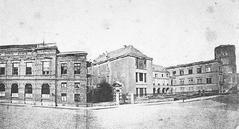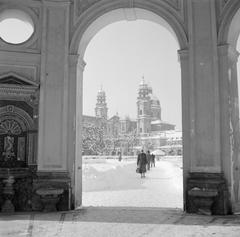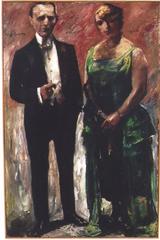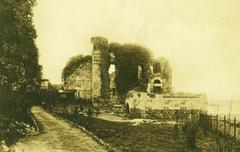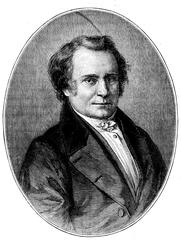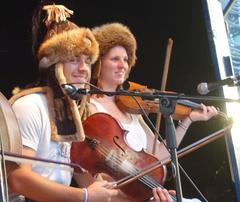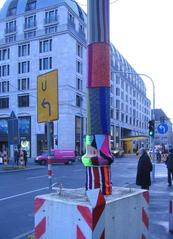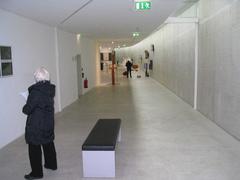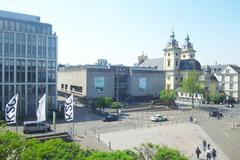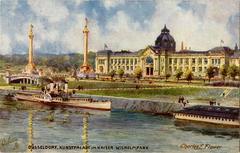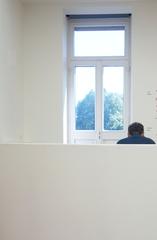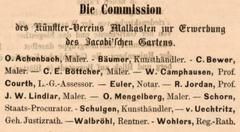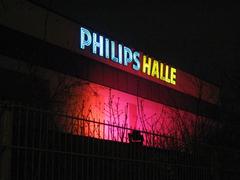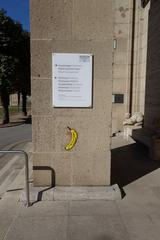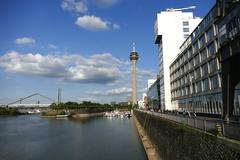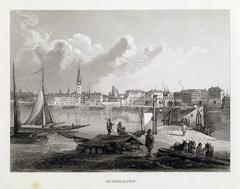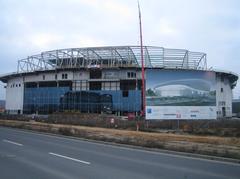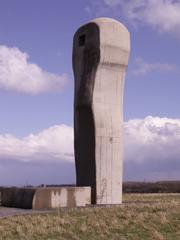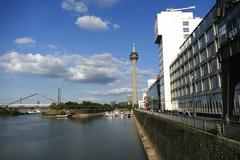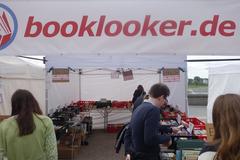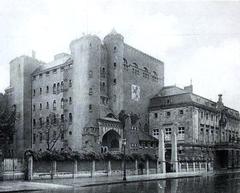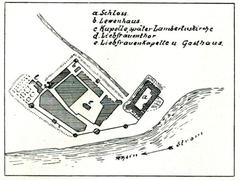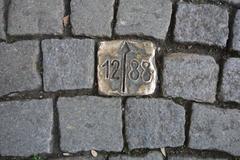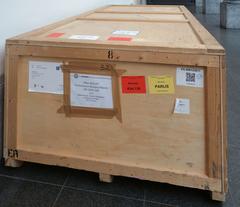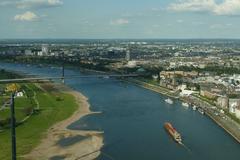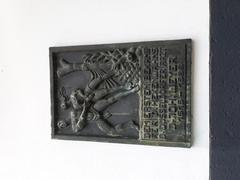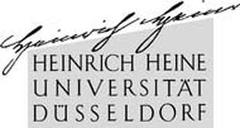Stadttor Düsseldorf: Visiting Hours, Tickets, and Historical Sites Guide
Date: 04/07/2025
Introduction
Stadttor Düsseldorf, or the “City Gate,” is a striking symbol of the city’s transformation, renowned for its innovative architecture, sustainable design, and political significance. Completed in 1998 by Petzinka Pink und Partner, Stadttor stands at the southern entrance of Düsseldorf’s Rheinufertunnel, functioning as both a modern gateway and a testament to the city’s dynamic urban renewal. Not only has it set new standards in energy efficiency, but it also once served as the seat of the State Chancellery of North Rhine-Westphalia, reinforcing its cultural and administrative importance (Wikiwand; baukunst-nrw.de). This guide provides comprehensive details for planning your visit—from architectural highlights and sustainability features to practical information on hours, access, and nearby attractions.
Table of Contents
- Architectural Genesis and Urban Context
- Historical Background
- Political Significance
- Architectural Features and Symbolism
- Sustainability and Technological Innovation
- Visiting Hours, Tickets, and Visitor Information
- Accessibility and Travel Tips
- Nearby Attractions
- Frequently Asked Questions (FAQ)
- Visuals and Media Suggestions
- Related Articles
- Conclusion and Recommendations
- References
Architectural Genesis and Urban Context
Stadttor’s inception responded directly to Düsseldorf’s urban evolution in the 1990s. Its parallelogram floor plan and 75-meter glass-clad façade were designed to harmonize with the newly constructed Rheinufertunnel beneath, symbolizing the integration of infrastructure and architectural innovation (Wikiwand). The building’s two parallel towers, connected by a soaring 15-story atrium, form a monumental gateway that is both functional and symbolic—reflecting the city’s openness, transparency, and forward-thinking spirit.
Strategically located in Unterbilk, Stadttor is positioned near the Old Town, MedienHafen, and government district, making it a prominent fixture in Düsseldorf’s skyline and urban fabric (Tripomatic).
Historical Background
While Stadttor is a contemporary structure, its name and location pay homage to Düsseldorf’s medieval gates, which historically controlled city access and shaped civic identity (World Guides). The late 20th-century revitalization of Düsseldorf included the construction of the Rheinufertunnel, which allowed for the transformation of the riverfront and the creation of new architectural landmarks like Stadttor. In this way, Stadttor connects Düsseldorf’s rich past with its modern aspirations (Wikiwand).
Political Significance
From 1999 to 2017, Stadttor housed the State Chancellery of North Rhine-Westphalia, Germany’s most populous state (Tripomatic). This period established Stadttor as a hub of democratic governance and administrative leadership. The building’s transparent façade and open atrium were architectural metaphors for the state’s commitment to openness and accessibility. Even after the Chancellery relocated, Stadttor’s legacy as a political landmark endures, symbolizing progressive governance in Germany (Wikiwand).
Architectural Features and Symbolism
- Atrium: The 15-story glass atrium fills the interior with daylight and creates a vertical connection, reinforcing the gateway motif (stadttor-duesseldorf.de).
- Double-Skin Facade: An innovative double-glass facade enhances energy efficiency, natural ventilation, and acoustic comfort, with walkable balconies between the inner and outer layers (baukunst-nrw.de).
- Structural Engineering: The use of steel and reinforced concrete allows for ambitious spans and open spaces above the tunnel infrastructure.
- Interior Design: Natural materials, such as beech wood, and flexible office layouts create a comfortable, modern workspace (zweipink.de).
Sustainability and Technological Innovation
Stadttor was one of Europe’s first low-energy high-rises, integrating:
- District Heating: Connection to Lausward power station for efficient heating.
- Water-Based Cooling: Utilizes water from the Rhine for summer cooling.
- Natural Ventilation: The double-skin façade and operable windows reduce reliance on mechanical systems.
- Rainwater Harvesting: Collects rainwater for irrigation and sanitary use.
- Renewable Energy: Solar collectors supplement energy demand (duesseldorf-entdecken.de; stadttor.de).
These features led to Stadttor earning the DGNB Gold certificate for sustainability in 2015.
Visiting Hours, Tickets, and Visitor Information
- Hours: Public areas (lobby and atrium) are generally open Monday to Friday, 8:00 or 9:00 AM to 6:00 PM. Access may vary during official events (stadttor-duesseldorf.de).
- Tickets: Entry to public spaces is free; no tickets required.
- Guided Tours: Not offered regularly, but available during special events or by arrangement—check the official Stadttor website and Düsseldorf tourism sites for updates and event announcements.
- Interior Access: Most areas are offices and not open to the public except for occasional guided tours or during city events.
Accessibility and Travel Tips
- Accessibility: The building, including its lobby and public walkways, is wheelchair accessible with ramps and elevators (stadttor-duesseldorf.de).
- Public Transport: S-Bahn, tram, and bus stops are within a 5–10 minute walk; the site is also accessible by bike and on foot from the Altstadt and Königsallee (Stadttor official site).
- By Car: Limited parking is available; public transport is recommended during peak times.
- Photography: The best times for photography are early morning and evening, when the glass façade reflects the sky and city lights.
Nearby Attractions
- MedienHafen: Düsseldorf’s contemporary harbor district, filled with modern architecture and dining (The Crazy Tourist).
- Rheinturm: The Rhine Tower, offering panoramic city views.
- Parliament and Government District: Houses the Landtag and various ministries.
- Altstadt: Düsseldorf’s historic old town, famed for its cultural sites and lively atmosphere.
- Rhine Promenade: A scenic riverside walkway, ideal for strolling and people-watching.
Frequently Asked Questions (FAQ)
Q: Can I visit the interior of Stadttor?
A: Public access is generally limited to the lobby and atrium during business hours. Guided tours are occasionally available during special events.
Q: Are tickets required?
A: No, visiting public areas is free of charge.
Q: What are the opening hours?
A: Monday to Friday, generally 8:00 or 9:00 AM to 6:00 PM, depending on the area and event schedule.
Q: Is Stadttor wheelchair accessible?
A: Yes, with elevators and ramps throughout public areas.
Q: How do I get there by public transport?
A: Multiple tram, bus, and S-Bahn stops are nearby; detailed maps are available on the official tourism website.
Q: Are guided tours available?
A: Occasionally, during city-wide architecture events or by special arrangement.
Visuals and Media Suggestions
- High-resolution images of the façade and atrium with descriptive alt tags for accessibility.
- Interactive maps showing Stadttor’s location and proximity to other landmarks.
- Virtual tours or video walkthroughs during special events (stadttor-duesseldorf.de).
Related Articles
Conclusion and Recommendations
Stadttor Düsseldorf is a must-see for anyone interested in architecture, sustainability, or urban history. Its blend of innovative design, environmental responsibility, and symbolic significance makes it a landmark that embodies Düsseldorf’s evolution. While interior access is limited, the building’s exterior and public spaces offer plenty for visitors to appreciate. Combine your visit with a stroll along the Rhine or a tour of nearby attractions for a comprehensive Düsseldorf experience.
For up-to-date visitor information, guided tours, and insider tips, download the Audiala app and consult the official tourism office. Enjoy your exploration of Stadttor—the gateway to Düsseldorf’s past, present, and future.
References and External Links
- Stadttor Düsseldorf: Visiting Hours, History, and Architectural Highlights of the City Gate, 2025, Wikiwand
- Visiting Stadttor Düsseldorf: Architecture, History, and Practical Guide, 2025, baukunst-nrw.de and stadttor-duesseldorf.de
- Visiting Stadttor Düsseldorf: Hours, Tickets, and Nearby Attractions, 2025, Stadttor official site and The Crazy Tourist
- Visiting Stadttor in Düsseldorf: Hours, Tickets, and Sustainable Architecture Highlights, 2025, duesseldorf-entdecken.de and stadttor.de
- Düsseldorf History and City Information, 2025, World Guides
- Architectural Guide Düsseldorf, 2025, Auslanderblog
- zweipink.de
- stadttor.de
- visitduesseldorf.de
- Tripomatic
- christophe-francois.de
